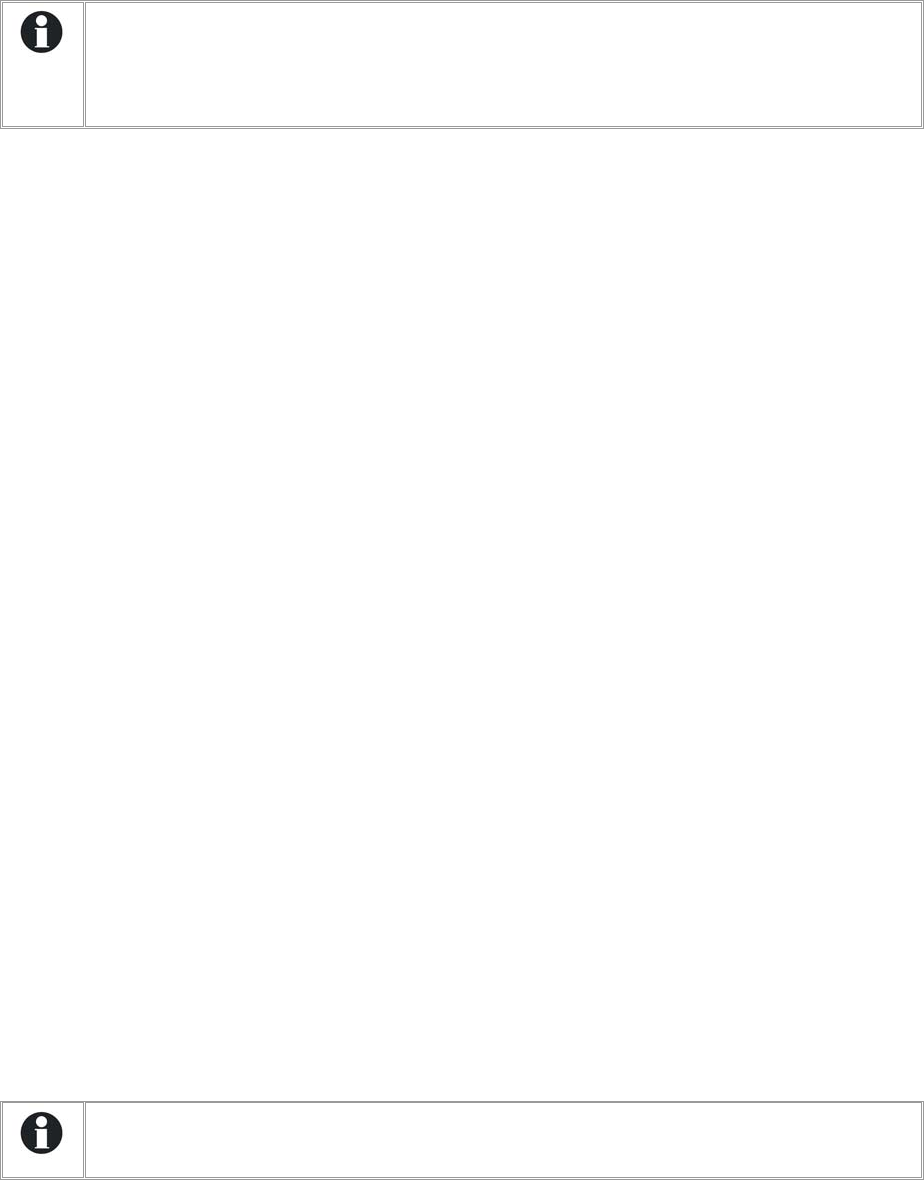
RCC
33
Charge current {1138}
Use this value in order to adapt the charge current to the battery. With this configuration, the
maximum current to be used for charging your battery is adjusted. The current appropriate for the
battery can be found in its technical data. The value set by this configuration is used during the
whole bulk charge phase.
Use this setting to adapt the charge current only with regard to the battery. To
adapt the charge current to your source, use the parameter for maximum current
at the source (power sharing) {1107}.
The right setting of these two values is essential for correct operation as well as the
lifetime of your installation.
Temperature correction coefficient {1139}
If a battery temperature sensor is used, the charge and discharge voltages are automatically
adapted to the temperature of the batteries. The compensation is given in millivolts by degree
Celsius (°C) and by battery cell.
Battery maintenance voltage (floating) {1140}
Use this configuration to adjust the voltage that will be used when the battery is completely
charged. This voltage prevents automatic discharging and maintains the battery at its maximum
level of charge.
Force passage to floating mode {1467}
This configuration may be used to force a battery cycle in progress and to bring it to the end of
charge values. If the battery voltage level is higher, the charger is temporarily disconnected. If the
battery level is lower, the charging current is increased up to the maximum in order to reach the set
level as quickly as possible.
New cycle {1141}
Battery charging is a complex function that generally ends with a maintenance phase (floating) of
indeterminate duration. The configurations below allow adjustment of the conditions that lead to
the starting of a new charge cycle.
Force new cycle {1142}
This configuration allows a new charge cycle to be forced, and the bulk phase follows straight
away.
Voltage 1 for a new cycle {1143} and Duration at undervoltage 1 for a new cycle {1144}
Voltage 2 for a new cycle {1145} and Duration at undervoltage 2 for a new cycle {1146}
The battery voltage value, below which a new cycle is started, can be specified. The battery
voltage must remain below this threshold for the duration that is also to be determined. Two
voltages associated with two durations are configurable. Generally, a higher voltage is used with a
longer duration and a lower voltage with a shorter duration.
New priority cycle on the absorption and equalization phases {1149}
Activate this configuration to accept or interrupt the absorption and equalization phases to start a
new cycle. In the opposite case, even if the conditions are fulfilled for starting a new charge cycle,
the battery charging proceeds normally by following the programmed phases.
In the event of battery charging with renewable energy sources such as solar
energy, for example, this configuration must remain deactivated (*no) in order to
avoid cycles taking place too frequently.


















